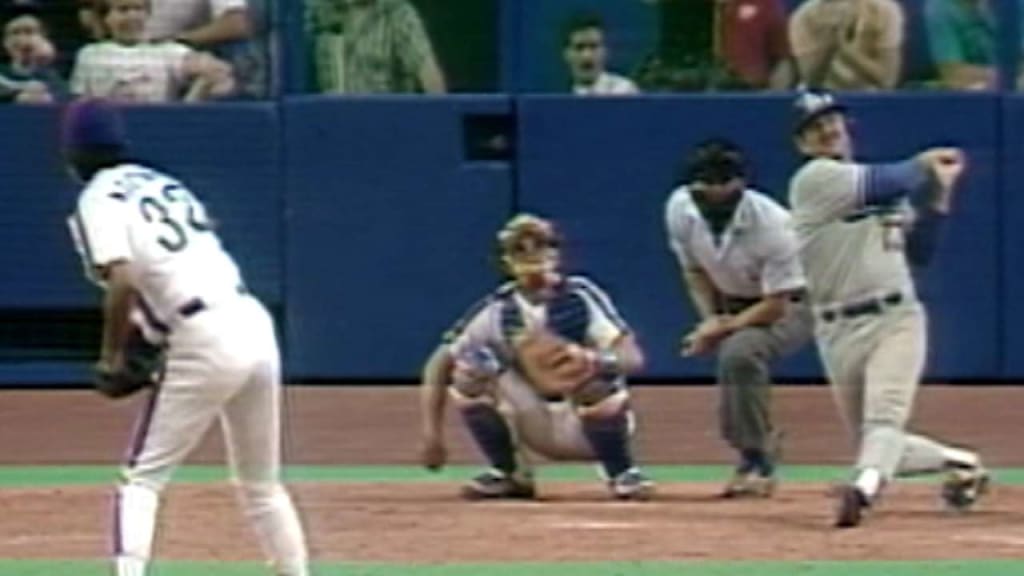
Introduction
Baseball is a sport steeped in tradition and statistics, making understanding its structure essential for fans and newcomers alike. One of the fundamental questions in baseball is how many innings constitute a full game. This topic is not just about the rules of play; it is crucial for understanding how games are scheduled, statistics are tracked, and the overall pacing of the game. With major leagues, amateur leagues, and recreational play all adhering to varying rules, clarity on the number of innings is vital.
The Standard Innings in Baseball
In Major League Baseball (MLB), a standard game consists of nine innings. Each inning is divided into two halves: the top and bottom. The visiting team bats in the top half, while the home team bats in the bottom half. A team must score more runs than its opponent during these innings to win the game.
It’s important to note that if the game is tied at the end of nine innings, extra innings are played until a winner is determined. This practice, which has been a part of baseball since the 19th century, allows games to extend beyond the standard nine innings, often leading to thrilling moments in postseason play.
Variations in Innings
While nine innings are the standard for professional baseball, other forms of the sport have different rules. For example:
- Little League Baseball: Many youth leagues play with six innings. This shorter format helps keep young players engaged and allows for quicker games.
- College Baseball: Similar to MLB, most college games are also played over nine innings, but some tournaments may adopt shorter formats.
- Softball: Softball games typically consist of seven innings, bringing a distinct pace and style to the game.
Conclusion
In conclusion, the standard number of innings in a professional baseball game is nine. This structure has been pivotal to the traditional pacing of the game, allowing for strategy, endurance, and excitement. Understanding the number of innings is not only significant to teams and players but also enhances the fan experience, as they anticipate each inning’s critical moments. Going forward, changes to innings may arise as leagues adapt to new norms in gameplay and management. However, for now, nine innings continue to define the grand game of baseball.



